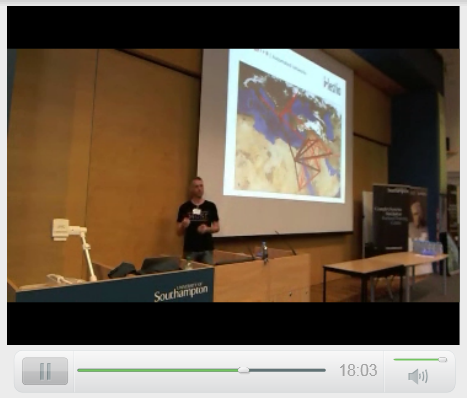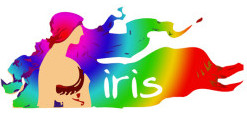Last month we organised a seminar on linked data and spatial networks in Southampton. Videos and slides of presentations of the seminar are now available on The Connected Past website. There are hours of footage and books-worth of slides on there for you to enjoy! This was only the first in a series of Hestia2 events. More info on Hestia2, future seminars and online resources can be found on our new website. Looking forward to seeing you at one of our future seminars!
Read More»archaeology
As the organiser of the Hestia2 seminar in Southampton I could write about our initial struggle to find a good format, my fight with the university to book a seminar room in a completely booked out campus, discussions with our financial support staff to figure out a balanced budget, the technical flaws with our livestream feed, and of course the many very human feelings like “no-one will turn up!?!” and “what shirt should I wear?”. But none of that would be very interesting to read, and all of these concerns are now firmly pushed to the back of my mind and replaced by the feeling that this seminar was a success!
Read More»Hestia2 is pleased to announce a free one-day seminar at the University of Southampton on spatial network analysis in archaeology, history, cultural heritage and commercial archaeology. Spatial relationships are everywhere in our sources about the past: from the ancient roads that connect cities, or ancient authors mentioning political alliances between places, to the stratigraphic contexts archaeologists deal with in their fieldwork. However, as datasets about the past become increasingly large, these spatial networks become ever more difficult to disentangle. Network techniques allow us to address such spatial relationships explicitly and directly through network visualisation and analysis. This seminar aims to explore the potential of such innovative techniques for research, public engagement and commercial purposes.
Read More»








